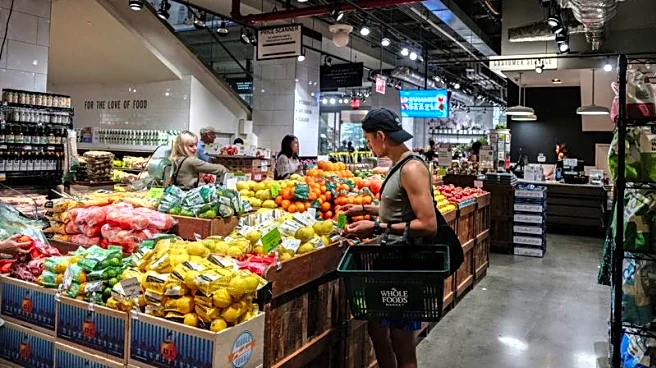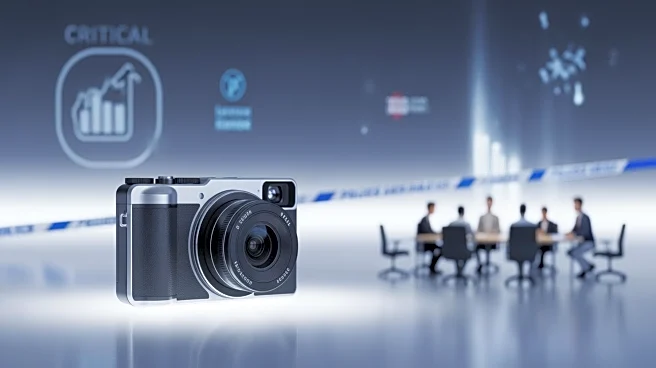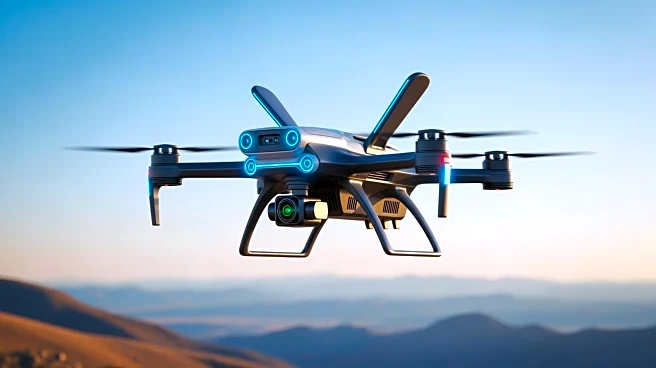What's Happening?
DJI has announced a substantial price reduction on its Osmo Pocket 3, marking the first major sale since tariffs affected its pricing earlier this year. The Osmo Pocket 3, known for its ability to capture stabilized video, is now available at a discount
of over $200. The Creator Combo package, which includes additional accessories such as a mini tripod, a wide-angle lens, and a wireless lapel mic, is priced at $739 at major retailers like B&H, Adorama, Best Buy, Walmart, and Micro Center. This sale brings the price closer to pre-tariff levels, offering consumers a more affordable option for high-quality video equipment.
Why It's Important?
The price reduction on the Osmo Pocket 3 is significant for consumers and the tech industry, as it reflects the impact of tariffs on consumer electronics. By lowering prices, DJI is making its popular video equipment more accessible, potentially increasing sales and market share. This move may also influence competitors to adjust their pricing strategies in response. For consumers, the sale offers an opportunity to purchase advanced video technology at a reduced cost, enhancing their ability to produce professional-quality content without the need for expensive equipment.
What's Next?
As DJI adjusts its pricing strategy, other tech companies may follow suit, leading to potential shifts in the market dynamics for consumer electronics. The sale could prompt increased competition among manufacturers, driving innovation and potentially leading to more affordable options for consumers. Additionally, the response from consumers to this sale may influence DJI's future pricing and promotional strategies, as well as its approach to navigating tariff-related challenges.
Beyond the Headlines
The tariff-related price adjustments highlight broader economic implications, including the impact of international trade policies on consumer goods. This situation underscores the importance of strategic pricing in maintaining competitiveness in the global market. It also raises questions about how companies can balance cost increases due to tariffs with consumer demand for affordable products.














